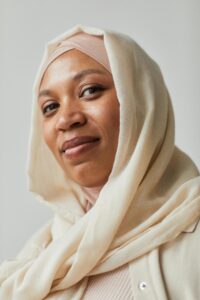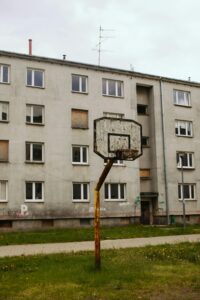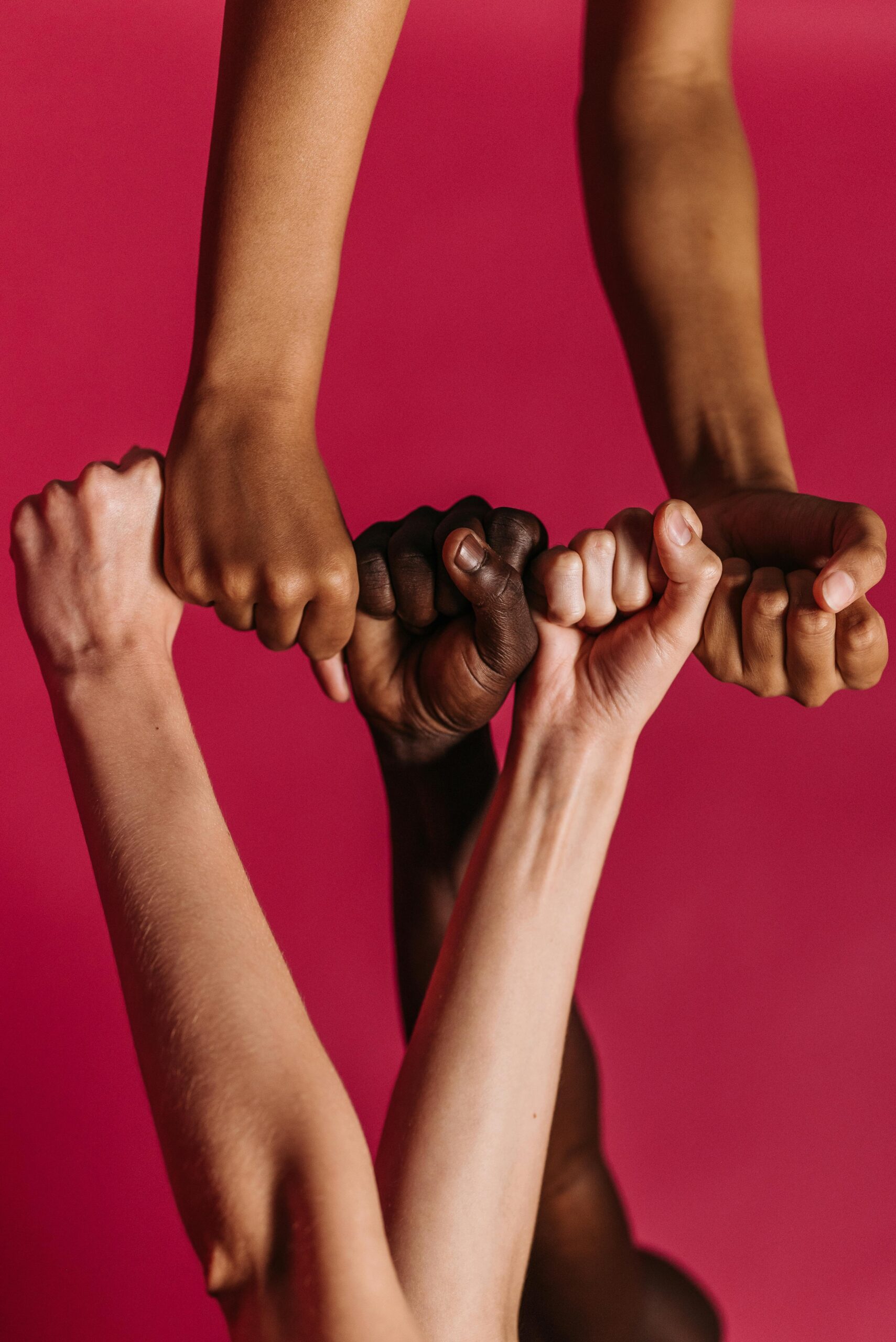November 1, 2024

By YEDIDYA EBOSIRI
Somewhere in Ontario, a low-income political refugee is “senselessly” refused access to a home by a suspicious landlord. In Western Canada, a South Asian family new to Canada struggles to get a loan at a bank and endures hostile stares from employees. In a Quebec suburb, a young Mi’kmaw woman’s application is ignored because of her family name and the neighborhood where she lives.

Discrimination, a complex, multi-faceted phenomenon, knows no boundaries. While there are many independent forms of discrimination, the combination of different types of oppression gives rise to a particularly explosive cocktail of inequalities. In this case, the double discrimination based on ethnic origin and social class amplifies the injustices experienced by individuals at the intersection of these identity categories. To achieve real social justice in Canada, it is essential to understand the causes and then treat the symptoms.
In Canada, the richness of today’s cultural mosaic is palpable […].
What is ethnic origin?
Statistics Canada, in line with UN recommendations, defines ethnic or cultural origin as « [celles] of the person’s ancestors”. Typically, ethnic origin may or may not refer to a country of belonging, or to aboriginal origins. Thus, a person could declare African or Central American origins; a person could also report several ethno-cultural origins at once.

In Canada, the richness of today’s cultural mosaic is palpable, with 1 in 4 people belonging to a racialized group in 2020. Ethical and cultural diversity is now part of Canada’s heritage and national values, according to 92% of respondents to the 2020 General Social Survey. For the 2021 Census, “more than 450 ethnic and cultural origins, 200 birthplaces, 100 religions and 450 languages were included” (Statistics Canada, 2022). In this way, Canada’s demographic portrait continues to evolve towards a dynamic representation of its citizens, reflecting the plurality of their origins, cultures and identities.
The term “class” refers to the interconnections between people’s individual attributes […] and the material conditions of life.
What about social class?
Although the theoretical notion of social class is debated within various schools of thought, for the purposes of this article it refers to socio-economic status. This status is determined by the material and social resources available to an individual, such as level of education, prestige and income. According to sociologist and researcher Erik Olin Wright (2009), the term “class” refers to the interconnections between people’s individual attributes (e.g. education, cultural resources or social connections) and the material conditions of life. Classes are thus the result of the combination of these two elements.

For example, the so-called underprivileged class is made up of people who lack the educational or cultural resources to live above the poverty line; conversely, the advantaged class is made up of people with the means of production, who live well and grow rich through the labor of others. In Canada, the wealthiest class represents just 0.002% of the population, collectively owning $259 billion in 2016, equivalent to the wealth held by the 12 million least fortunate Canadians. These families include such famous names as Thomson, Weston and Saputo. The middle class, characterized by annual incomes ranging from $30,000 to $150,000, covers a broad spectrum, with sociological divisions into upper and lower segments based on level of education, professional prestige and lifestyle.

Below the middle class, the traditional working class is engaged in manual trades, while the working poor, despite full-time employment, often earn wages insufficient to meet their basic needs. In 2021, for example, some 2.8 million Canadians were living below the poverty line.
[The perverse effects of discrimination have been widely documented […]. These consequences weigh heavily.
How does discrimination work?
Under Canadian human rights law, both ethnic origin and social class are prohibited grounds for discrimination. Discrimination means unfavorable treatment based on an individual characteristic defined by law, which prevents a person from exercising his or her rights. This was the case for 35.7% of Canadians in 2022, 9.0% of whom said they had been treated unfairly because of their origin, and 12% because of their race. Thus, the example of the political refugee who is refused housing is, a priori, a discriminatory situation on the assumption that the refusal is attributable to refugee status and low socio-economic status. This is a case of double discrimination, where classism and xenophobia merge abruptly.

The mechanisms of this double discrimination are the subject of debate in the literature. Some believe that origin and race take precedence; others argue that discrimination is primarily a matter of social class. However, the third school of thought argues that there is a constant interaction between the two categories, which supports the notion of intersectionality. Indeed, several studies have shown that the effects of double discrimination on an individual’s psychological distress are not simply additive, but interactive; racial and ethnic discrimination become more pronounced among individuals of lower social class. In this respect, the perverse effects of discrimination are widely documented: persistent inequalities in employment, access to housing, and essential services such as education and health; deterioration in mental and physical health due to constant stress and social marginalization; reinforcement of cycles of poverty and social exclusion, making it difficult for individuals and communities to overcome socio-economic barriers and more. These consequences weigh heavily. Eliminating them is therefore a social and collective responsibility.
[…] Canadian society is taking proactive steps to tackle the problem.
Any solutions?
Although there’s still a long way to go, Canadian society is trying to act proactively to tackle the problem: firstly, legislative efforts, including the Canadian Human Rights Act, enable victims to report discriminatory abuse to the Canadian Human Rights Commission. Secondly, Canada’s 2019 Anti-Racism Strategy focuses on investing in community projects and promoting inclusive policies.

At provincial level, Quebec’s Action Plan Against Racism and Ontario’s Anti-Racism Directorate have developed specific measures to reduce inequalities. Finally, social programs such as the Canada Child Allowance and affordable housing initiatives aim to support low-income families, helping to reduce socio-economic inequalities and associated discrimination. Taken together, these measures represent a first step towards the much-hoped-for social justice; a step towards a different paradigm where refugees, regardless of their financial situation, have access to housing. A healthier, more welcoming world where South Asian families and young Aboriginal women are treated with respect and dignity.

Yedidya Ebosiri
Editor-in-Chief
As an eternal student, Yedidya is currently pursuing a graduate degree in public health after completing a bachelor's degree in kinesiology.
Her professional interests are rooted in the fight against social inequalities in health; she dreams of a healthier, fairer, greener world. In the meantime, she draws from her Congolese roots to advocate for a free and feminist Africa.
As a tutor for illiterate clients and a longtime mental health advocate, her intellectual curiosity and interpersonal skills characterize her emerging professional journey. Formerly an editor for a university newspaper, she continues to nurture her passion for journalism and looks forward to putting her writing skills at the service of her community. To her, Sayaspora embodies black excellence and social innovation, which is why she takes pride in contributing to the magazine's outreach.
Similar articles

January 20, 2025




